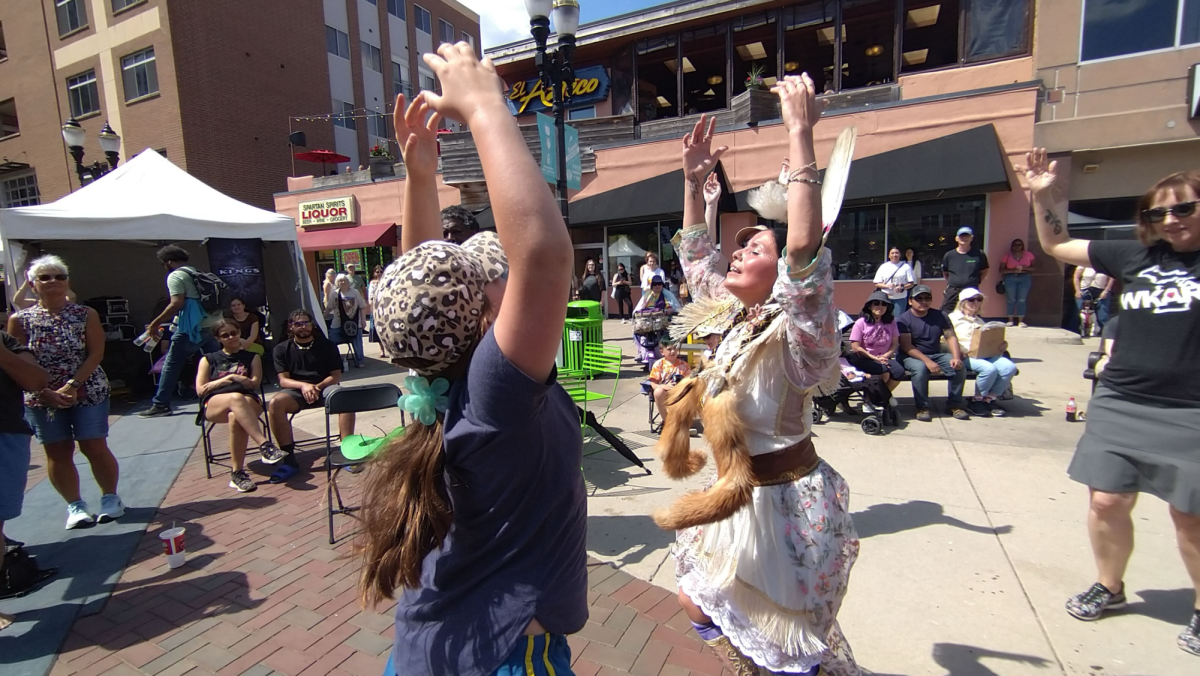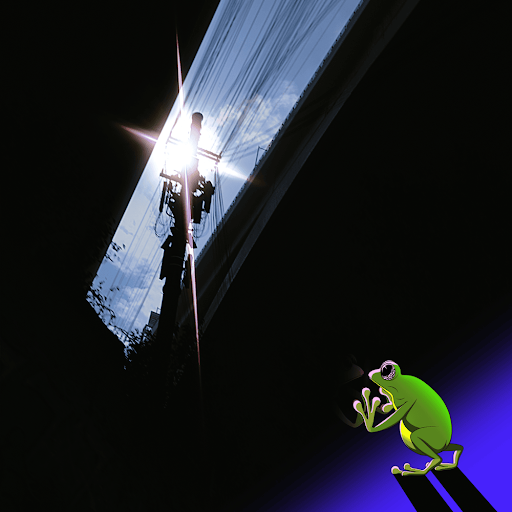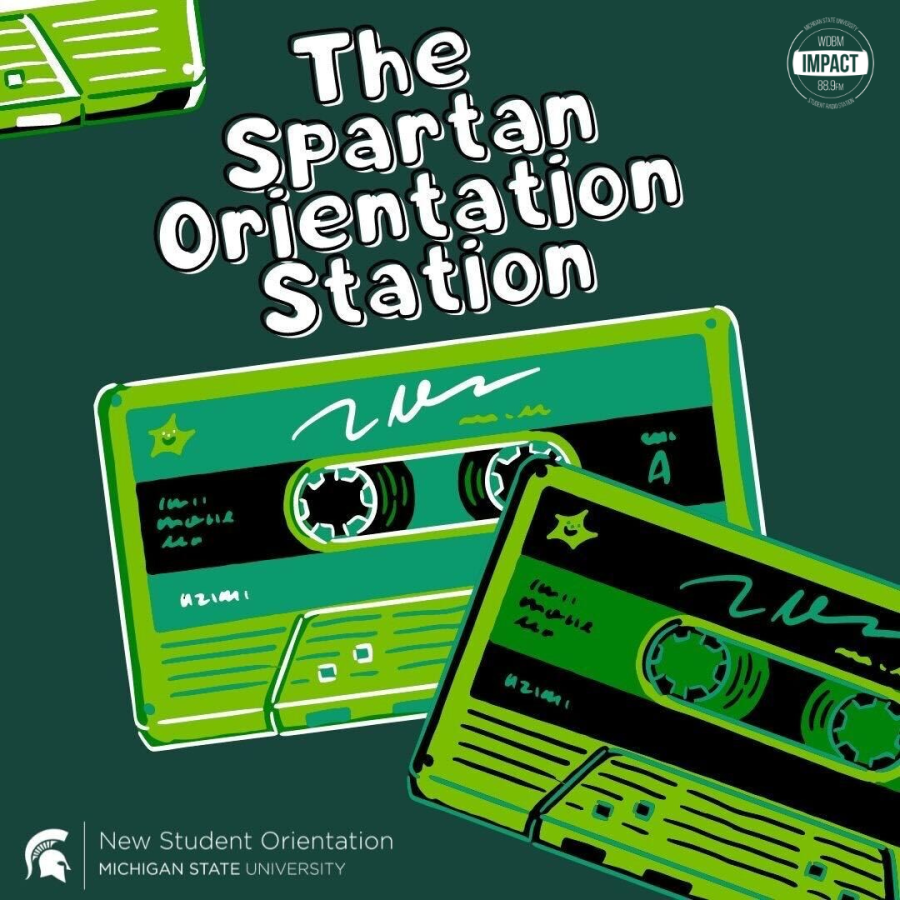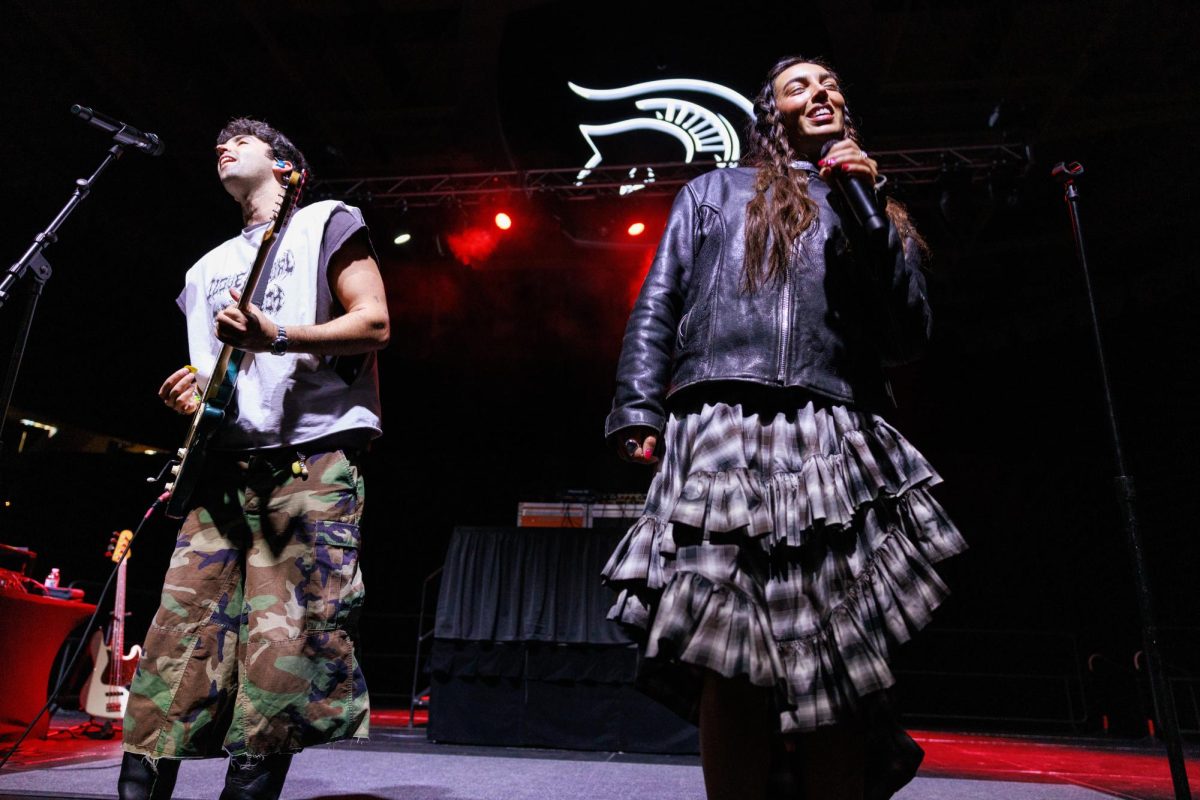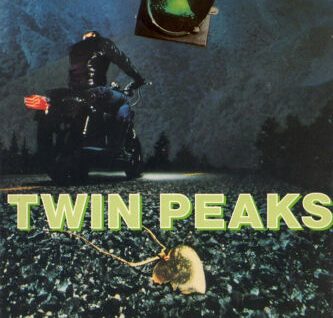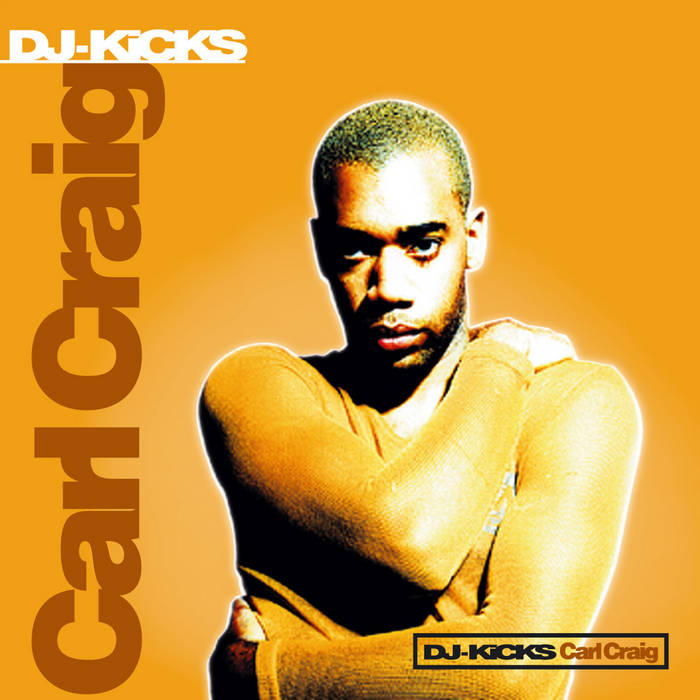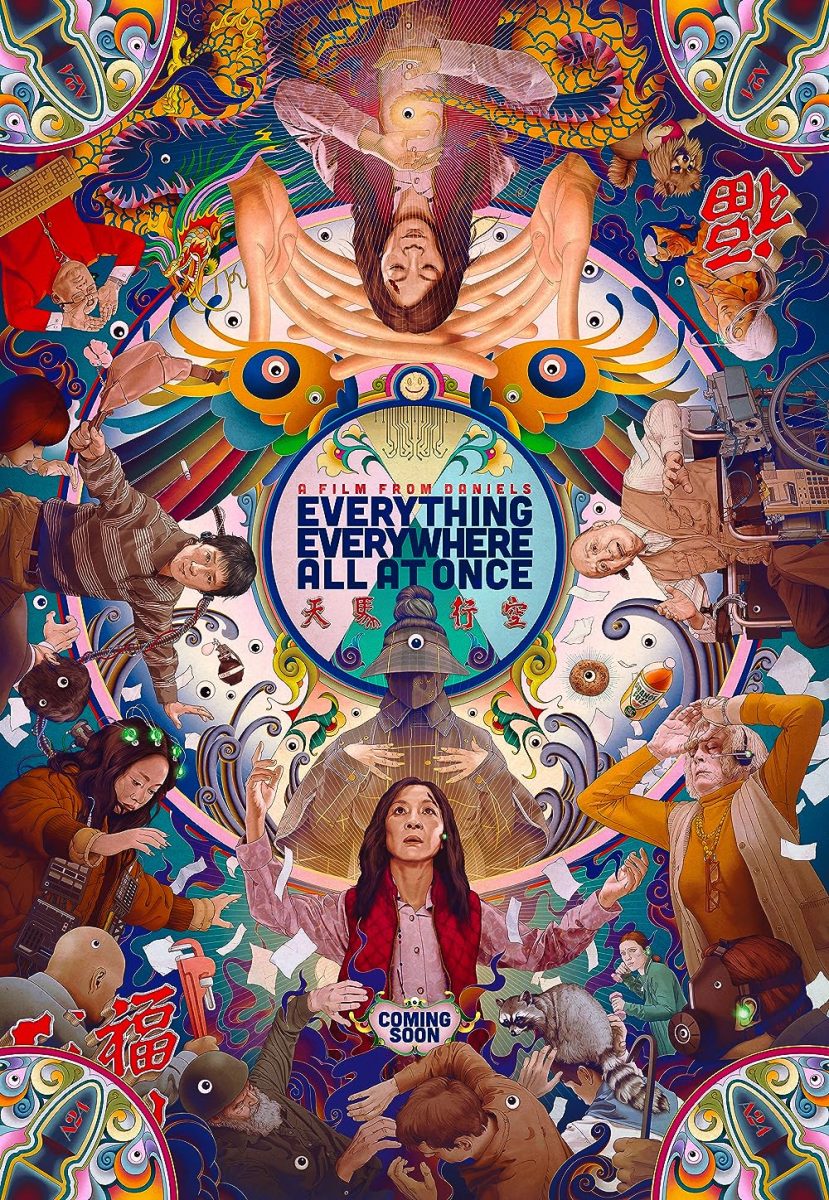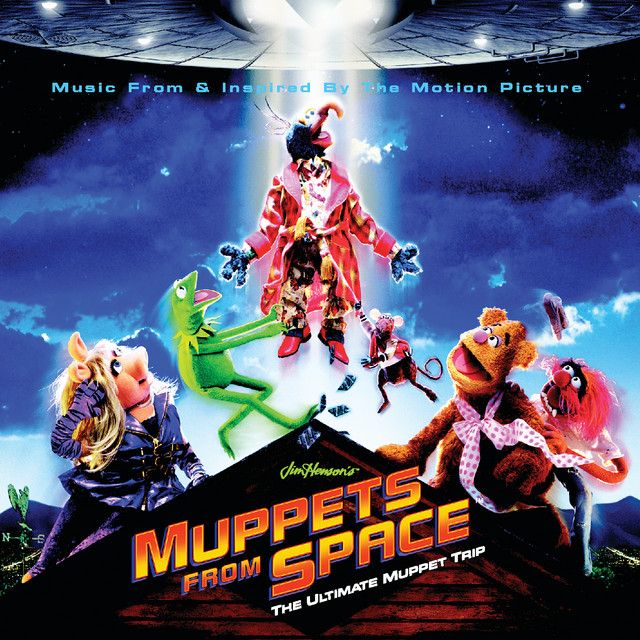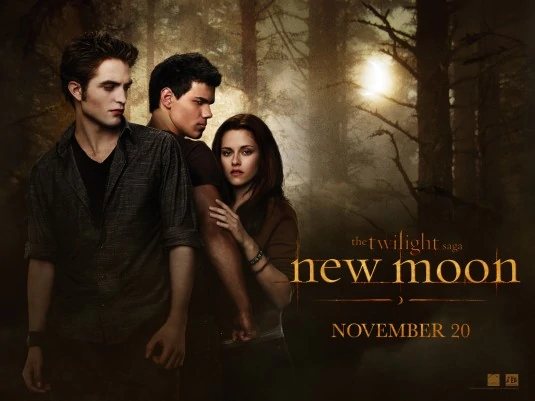Whenever people hear the title Twin Peaks, they will likely think of that room with the red curtains, zigzag floors and dancing little man without any context, or they will see it as the television show that makes no sense. But I see it as a compelling enigma that slowly reveals itself to a point where I can confidently say that it is my favorite television series of all time.
The initial premise is fairly simple: FBI agent Dale Cooper attempts to solve the murder of homecoming queen Laura Palmer in the titular Washington town, but the show diverges into many surreal directions that separate it from anything else on TV. Created by David Lynch and Mark Frost, the series blended various styles of television like soap opera, whodunit, comedy and horror with a dash of surrealism.
Because of Twin Peaks’ unusual approach to storylines, it marked a turning point in television, popularizing the concept of serialization and later being used as a template for many future series. Twin Peaks was the original small town with dark secrets, a premise that is still popular today.
While Twin Peaks was clearly distinct for its surreal sequences and storylines, the show also differentiated itself in the way it treated its audience. Lynch and Frost trusted their viewers to reach their own conclusions since the storylines typically defied logic. They instead opted for an emotional and empathetic approach, which was largely reflected in the way the characters were written.
Laura Palmer, for example, is possibly the most popular character in the series, despite being dead for its entire run, because she is the catalyst for the show’s themes. Building off the more complex character interactions, a major theme was a balance of symmetry within the people who inhabit the town, revealing its lightheartedness on one side and malevolence on the other. Lynch has illustrated his fascination with symmetry in other works like Blue Velvet — which holds a balance between wholesome fifties-esque scenery and violence in its depths — and Mulholland Drive, which explored an idealized Hollywood and its dark secrets.
I mention these two films because, along with Twin Peaks, long-time Lynch collaborator Angelo Badalamenti created the music for these projects. No Lynch project feels complete without a classic Badalamenti score capturing the mood of darkness lurking beneath the light.
The original Twin Peaks soundtrack consists of 11 songs which either sound playful or melancholic, beginning with the “Twin Peaks Theme.” Twin Peaks was the only show where I would never skip the theme because I would always feel a rush of emotions when I listened to it. The theme sounds so ethereal and triumphant, but it also feels depressing, embodying the town’s faded glory resulting from the show’s plot.
“Laura Palmer’s Theme” was introduced during the most heartbreaking part of the series, which was when the characters reacted to Laura’s death. It is so common in television series to treat death without any gravitas, so I felt with the mourning characters because they seemed like actual people in that moment. The song itself has an incredibly gloomy atmosphere and gives me chills whenever it reappears.
“Audrey’s Dance” completely abandons the mood of the first two themes with its dark jazz sound that Badalamenti pioneered, taking influence from film noir soundtracks of the ‘50s. The song played whenever the character Audrey Horne, who is one of my favorites, thought of a mischievous plan.
Three songs on the original soundtrack were sung by Julee Cruise, who also released the cult classic Floating Into the Night, a collection of songs written by Lynch and composed by Badalamenti. I highly recommend that album: Cruise’s voice is angelic and the atmosphere is comparable to Lynch’s works. The Cruise songs that landed on the soundtrack were “The Nightingale,” “Into the Night” and “Falling,” all incorporated into the series through Cruise’s casting as a nightclub singer. All three ballads have simple but pained lyrics that reflect the characters’ storylines. “Falling” particularly stands out because it is the “Twin Peaks Theme” with Cruise’s voice, providing a completely new perspective on the tune. I do not prefer either version, but I cannot deny that Cruise’s voice could probably complement any Badalamenti instrumental.
“Freshly Squeezed” is another whimsical jazz composition that is not quite as memorable as “Audrey’s Dance,” but I always loved when it played during the show’s more comedic scenes. “The Bookhouse Boys” and “Night Life in Twin Peaks” are quite the opposite in that they are much more ominous and play into the setting’s mysterious nature, being introduced later in the series. These two tracks are some of Badalamenti’s finest combinations of jazz and ambient.
“Dance of the Dream Man” was introduced with the cheerful man in the red room who was dancing to the tune with ease. The scene was one of the first instances of the show’s surrealist storytelling and made me more curious to see how Twin Peaks continued. Last but not least, “Love Theme” is not as wholesome as the title suggests, as it has the feeling of being lost in a dark dimension. The track has the same melody as “Laura Palmer’s Theme” but with a hypnotic flute performance taking over.
Twin Peaks originally only lasted for two seasons. The audience and studio pressured writers to resolve the original mystery, and they caved in, sacrificing the show’s quality in the process because the story had less of a reason to continue. Lynch had intended for the murder to be solved at the end of the series, if solved at all, so he was understandably furious with the series’ direction and left the show.
Fortunately, Lynch returned for the season two finale, creating even more mysteries that would lead to the development of Twin Peaks: Fire Walk With Me and Twin Peaks: The Return. Since the beginning, the soundtrack has been an essential part of experiencing Twin Peaks, solidifying the series’ unique atmosphere. Few television soundtracks are as iconic and memorable as this Angelo Badalamenti score.


